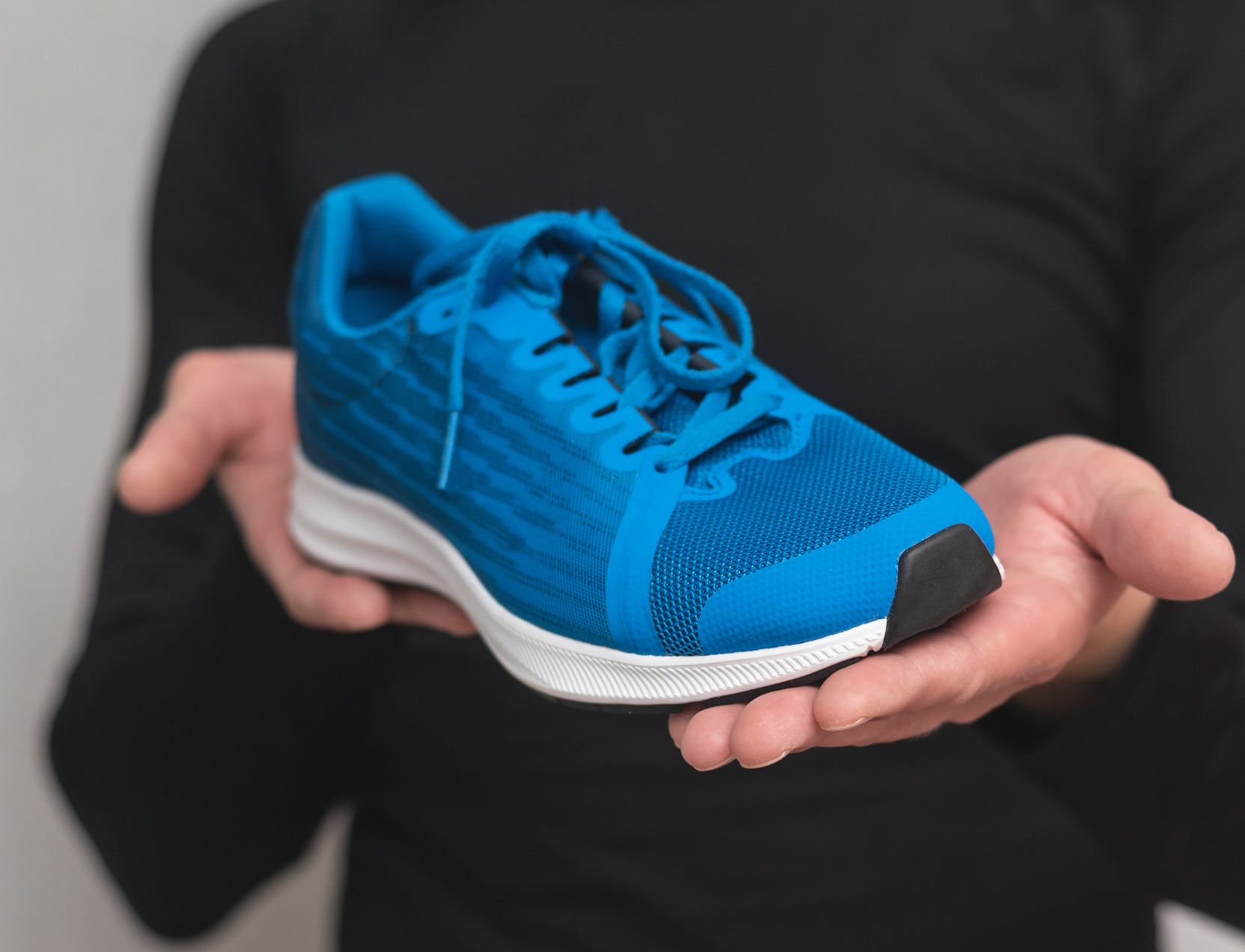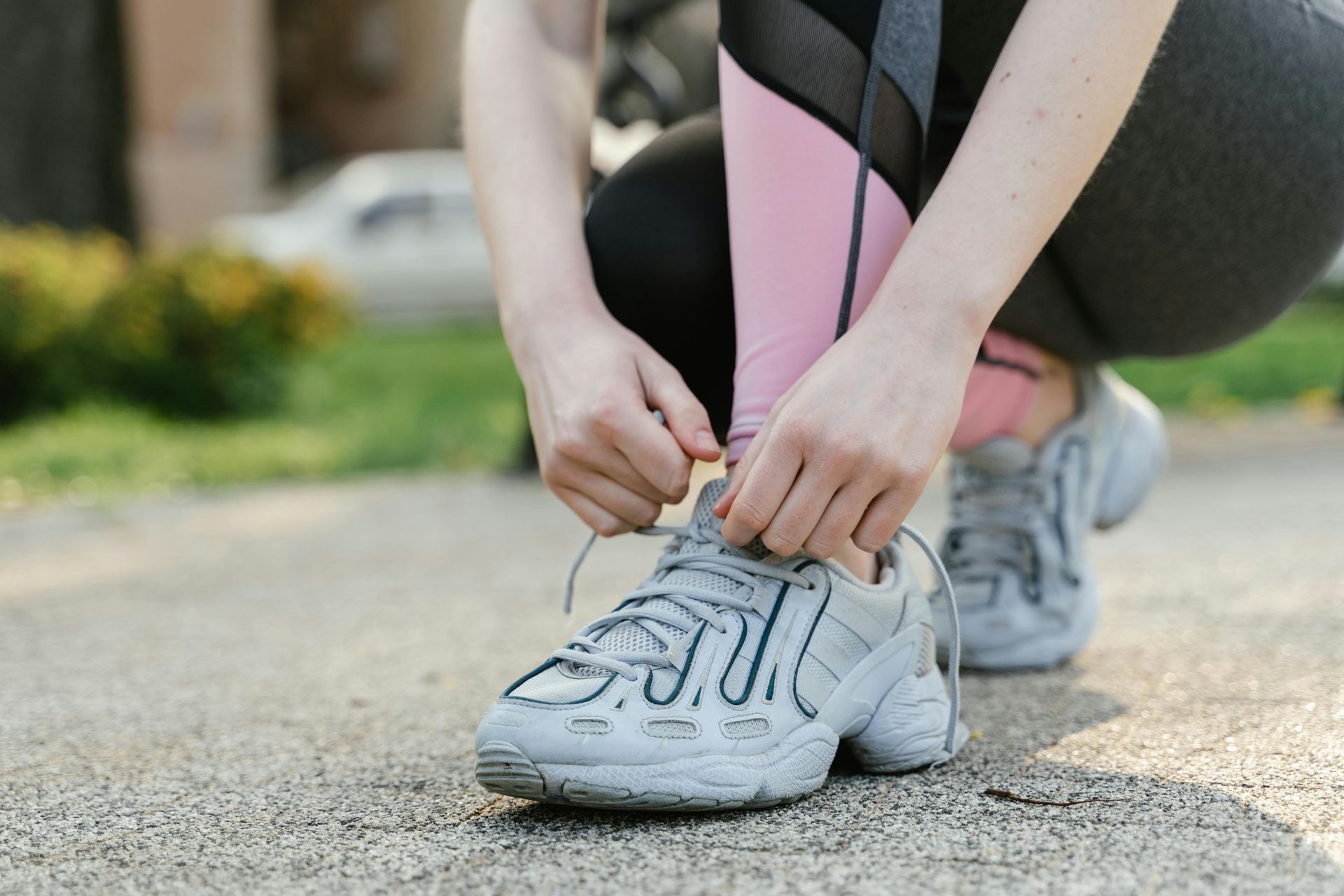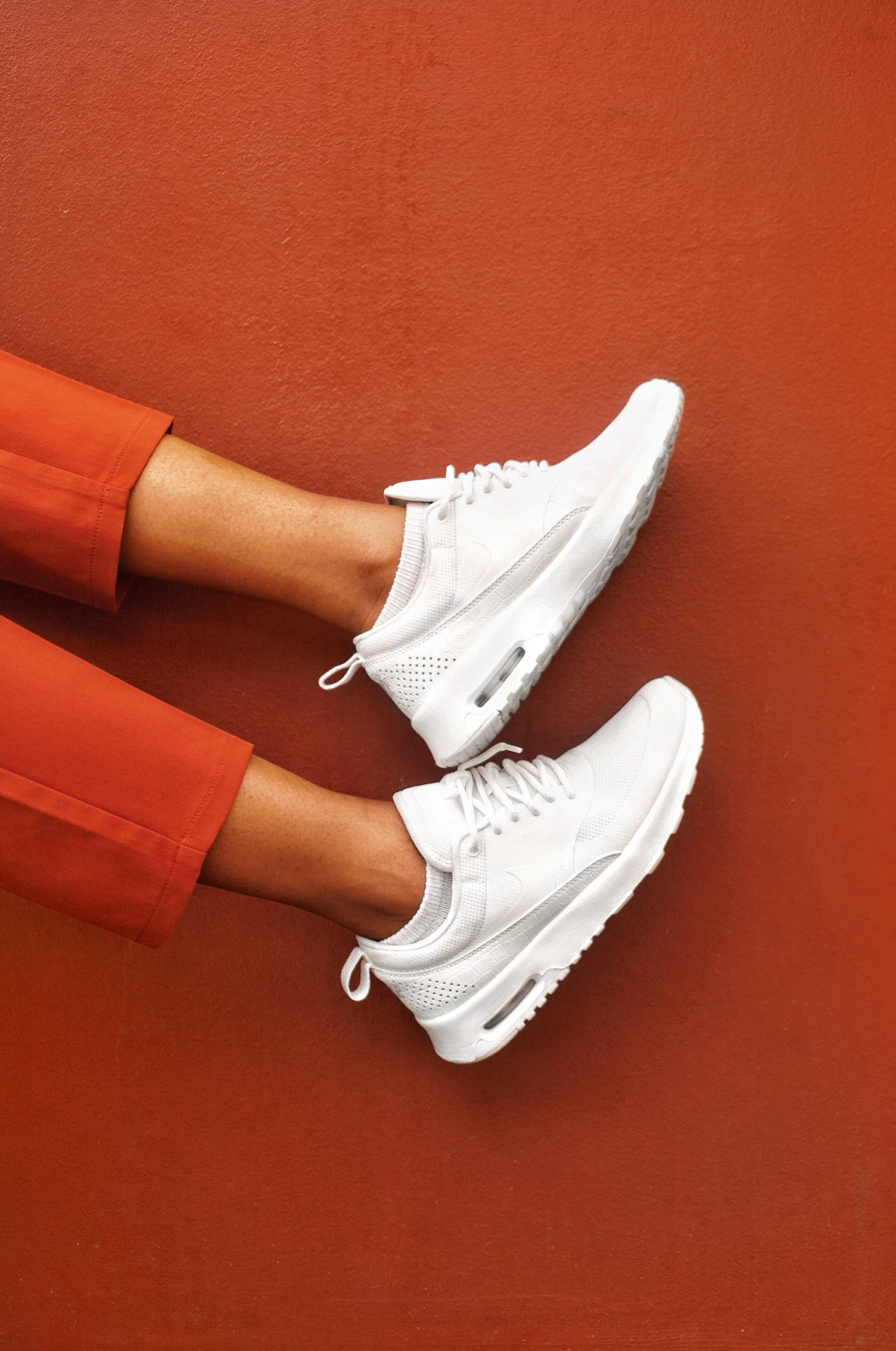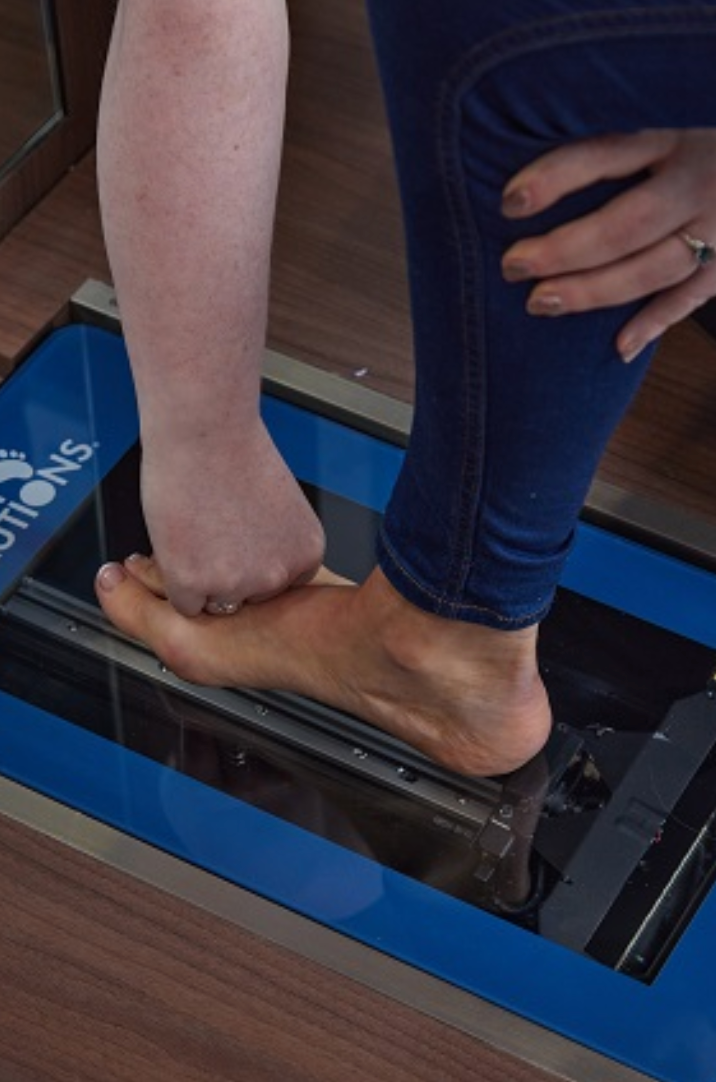Arch Pain in Foot: What It Means and How to Manage It
Understanding
Arch Pain in Foot and Its Common Causes
Experiencing arch pain in foot can disrupt your routine, making simple activities like walking or standing uncomfortable. This discomfort is often caused by strain on the plantar fascia, flat feet, high arches, or overuse. Identifying the root of your pain is the first step towards effective, long-lasting relief.
Footwear Choices That Make a Real Difference
Ill-fitting shoes are a major contributor to arch pain. At
Foot Solutions Plymouth, expert fitters use advanced foot scanning technology to assess your unique arch structure. They recommend supportive footwear and orthotics that align your feet properly, easing the pressure on painful areas.
The Role of Custom Orthotics
- While generic insoles may provide a small degree of cushioning, they offer limited structural support and are not designed with individual foot mechanics in mind. As a result, they often fail to address the root causes of foot discomfort or biomechanical imbalances. In contrast, custom orthotics are expertly crafted based on a detailed analysis of your unique foot shape, gait, and pressure distribution.
- These orthotics are engineered to provide support precisely where your feet need it most. By redistributing weight more evenly across the foot, they help to relieve excessive pressure on the arches, heels, or balls of the feet, all common areas of strain for people with underlying foot issues. Additionally, custom orthotics aid in correcting posture problems that stem from poor foot alignment, which can contribute to knee, hip, or lower back pain over time.
- This personalised approach goes beyond temporary comfort. By targeting the structural cause of pain, custom orthotics help prevent the progression of existing conditions like
plantar fasciitis, overpronation, and flat feet. They also reduce the risk of future injury, especially for individuals who spend long hours on their feet or participate in high-impact activities. In short, custom orthotics are a smart, long-term investment in your foot health, posture, and overall well-being.
Daily Foot Care for Better Arch Health
In addition to footwear, you can ease arch discomfort with:
- Gentle foot and calf stretches
- Rolling a tennis ball under your arch
- Avoiding barefoot walking on hard floors
These small daily habits help loosen tight muscles and reduce inflammation.
When to Seek Expert Help
If the pain persists or worsens, it’s essential to consult a professional. The trained staff at Foot Solutions Plymouth can evaluate your gait, arch height, and walking patterns to design a tailored plan that brings lasting comfort.
Step Towards Comfort and Recovery
Don’t let
arch pain in foot keep you from living fully. With the right guidance, proper support, and consistent care, relief is within reach. Visit
Foot Solutions Plymouth today and take your first step toward healthier, pain-free feet.








